The second full week of August is also a busy one, with five flights scheduled, including the final certification flight of a new launch vehicle from India. Falcon 9 and Soyuz rockets were also scheduled to fly this week with a mission to the International Space Station and a pair of non-Starlink flights from both coasts of the United States.
This week’s current launch schedule began on Thursday, August 15. The Progress MS-28 lifted off from the Baikonur Cosmodrome in Kazakhstan with cargo for the ISS. Later on Thursday, a Falcon 9 flew two Maxar imaging satellites from Florida. The Indian SSLV launched on Friday, with a Chinese Chang Zheng 4B and Falcon 9 Transporter-11 mission from California scheduled for later in the day.

The Soyuz-2.1a rocket carrying the previous Progress MS-22 flight sits on pad 31/6 in Kazakhstan before liftoff. (Credit: RKK Energiya)
RKK Energiya Soyuz 2.1a | MS-28 Progress
Progress’ third flight of 2024 successfully launched on Thursday, August 15, at 03:20 UTC. The mission, which departed from Site 31/6 at the Baikonur Cosmodrome in Kazakhstan, is destined for the International Space Station with approximately 2,400 kg (5,500 lb) of food, water, clothing, fuel, and equipment for the Expedition 71 crew.
Progress MS-28 will rendezvous and dock with the Station on Saturday, August 17, at 05:56 UTC. MS-28 will dock to the aft port of the Zvezda service module on the Russian segment of the ISS, taking the place of Progress MS-26 on the Station.
This flight is the fourth launch of the year for the Soyuz 2.1a and only the seventh launch of a Soyuz family rocket in 2024. Russia has also had one Angara launch this year, for a total of eight launches in 2024 after the launch of the Progress MS-28.

Maxar WorldView Legion 3 and 4 satellites before encapsulation in the Falcon 9 fairing. (Credit: Maxar Technologies)
SpaceX Falcon 9 | WorldView Legion 3 and 4
The Falcon 9 flew an unrelated Starlink mission from Florida this week. The rocket lifted two WorldView Legion satellites into mid-latitude low Earth orbit from SLC-40 at Cape Canaveral Space Force Station. The launch took place on Thursday, August 15 at 9:00 a.m. EDT (1:00 p.m. UTC) at the start of a three-hour window that closed at 12:00 p.m. EDT (4:00 p.m. UTC).
Falcon 9, with B1076-16 as the first stage, took a northeast trajectory from Florida prior to stage separation. While the second stage lifted the WorldView satellites into orbit, the first stage performed a booster burn and returned to the launch site, landing on the concrete pad at LZ-1. The two satellites were released from the second stage using a custom-built dispenser assembled by Maxar and optimized for its spacecraft.
B1076 began its career on CRS-26 and has flown on OneWeb #16, Intelsat 40e/TEMPO, O3b MPOWER 5 and 6, Ovzon-3, Eutelsat 36D, Turksat 6A, and eight Starlink missions.

Flight trajectory of the WorldView Legion 3 and 4 mission after launch. (Credit: National Geospatial-Intelligence Agency)
WorldView Legion 3 and 4 satellites, with a total mass of 1,500 kg, will join WorldView Legion 1 and 2 in orbit as part of the Maxar DigitalGlobe Earth observation satellite constellation. These satellites are equipped with an optical imager capable of up to 30 cm resolution in the visible and infrared bands, and six WorldView Legion satellites are scheduled to fly later this year.
Once all six WorldView Legion satellites are in orbit, along with the four Maxar satellites that were in orbit before the Legion satellites began flying, Maxar will be able to collect more than six million square kilometers of imagery daily. The company can also collect imagery of high-interest areas every 20 to 30 minutes and can collect imagery at various times of day due to the combination of sun-synchronous and mid-latitude orbiting spacecraft.
This flight was the 79th Falcon 9 flight of 2024, the 80th flight of the Falcon family this year, and the seventh Falcon 9 flight of August. There were only six Falcon 9 flights in July due to the brief grounding following the Starlink 9-3 anomaly on July 11, but SpaceX has since returned to its regular flight cadence. This was also, notably, SpaceX’s 200th launch from the SLC-40 pad.
The Indian Space Research Organisation (ISRO) has conducted the final certification mission of its new small satellite launcher. The Small Satellite Launch Vehicle (SSLV) was successfully launched on Friday, 16 August at 03:47 UTC, at the beginning of a 60-minute window. The rocket lifted off from the first launch pad at the Satish Dhawan Space Centre on Sriharikota Island in the Bay of Bengal off the southeastern coast of India.
The SSLV-D3 mission carried the EOS-08 Earth observation satellite into a circular low orbit at 475 km altitude with an inclination of 37.4 degrees. EOS-08 is a microsatellite weighing 175.5 kg and equipped with three instruments. The spacecraft will use an infrared electro-optical payload, a Global Navigation Satellite System reflectometry payload, and an ultraviolet dosimeter, with a design mission lifetime of one year.
The mission also carried the SR-0 DEMOSAT developed for SpaceKidz India, although Space Rickshaw-0 and IITMSAT were initially mentioned as payloads. Following the successful SSLV-D3 mission, the SSLV will be certified for operational missions by Indian industry and the NewSpace India Limited (NSIL) organisation. As part of an effort to encourage more private sector space activity, a new launch site for the SSLV is being built in the state of Tamil Nadu, in the far south of India.
The SSLV is a four-stage vehicle with three solid-fueled stages and a fourth stage known as the velocity adjustment module. The fourth stage uses 16 liquid-fueled hypergolic thrusters to adjust the payload's orbit before release. The 34-meter-tall vehicle is capable of flying up to 500 kg into low Earth orbit or 300 kg into a Sun-synchronous polar orbit.
This flight is the first SSLV launch of 2024 and only the third overall flight of the year for ISRO. The first SSLV flight in 2022 failed, but the second SSLV development flight in 2023 was successful. SSLV-D3 is the last flight in ISRO’s development programme, with NSIL taking over future production and launch operations.
China launched a Long March 4B from Xichang at 0735 UTC today. On board was the Yaogan-43 (01) satellite group. These satellites are said to be intended to conduct “experiments of new technologies for low-orbit constellations.” https://t.co/to3MykwFJI photo.twitter.com/AjhhaBbcbu
—Andrew Jones (@AJ_FI) August 16, 2024
CASC Chang Zheng 4B | Yaogan 43 Group 01
A Chang Zheng 4B satellite was launched this week with a classified mission for the Chinese military: “testing new technologies for low-orbit constellation systems.” The launch occurred at 07:35 UTC from the LC-3 satellite at the Xichang Satellite Launch Center in southwest China, at the midpoint of a 20-minute launch window.
NOTAMS have indicated that the flight would follow a trajectory that would place the payload into a low Earth orbit. The inclination would be between 29 and 35 degrees relative to the equator. No guided tours were conducted for this launch due to “safety concerns.”
SpaceX Falcon 9 | Transporter-11
SpaceX’s regular series of rideshare missions for small payloads continues with the flight of Transporter-11. Transporter-11 is scheduled to fly from Space Launch Complex 4E (SLC-4E) at Vandenberg Space Force Base (VSFB) on Friday, August 16 at 11:20 AM PDT (17:20 UTC). The vehicle will take a southerly trajectory and the rideshare payloads will deploy into a sun-synchronous polar orbit.
The rocket booster that will be used on this flight is not yet known, nor is the recovery method known for certain, although it is likely to involve a landing at LZ-4 next to SLC-4E. For this mission, about 50 payloads from various companies, space agencies and countries will be aboard the Falcon 9, deployed at altitudes ranging from 510 to 590 km.
These payloads will perform a variety of tasks in orbit, ranging from carbon monitoring, climate observation, fishery monitoring, Earth observation with radar and optical means, communications, propulsion demonstration and other purposes.
The European Space Agency's Arctic Weather Satellite is on board this flight. The 120 kg microsatellite, built by OHB in Sweden, will take advantage of its sun-synchronous orbit to monitor the climate in the Arctic and improve forecasts for this region. This satellite is a prototype of a possible future constellation of satellites to improve weather forecasts in the Earth's polar regions and elsewhere on our planet.
Capella’s Acadia-5, a 160 kg microsatellite, will use synthetic aperture radar to observe Earth in all weather and lighting conditions. It will join Acadia-4 in a mid-latitude low Earth orbit to help the company provide comprehensive coverage of the planet. These satellites also have inter-satellite optical links and increased bandwidth relative to previous Capella satellites.

The Indonesian Ministry of Fisheries and Marine Affairs’ CAKRA-1 satellite before its launch on Transporter-11. (Credit: Exolaunch)
NASA has several payloads on board this flight, and customers from countries including Senegal, Poland, Finland, Australia, Indonesia, Turkey, Germany, Hungary, Spain and Great Britain are also represented. Celestis also has a Harmony Flight payload on board with cremated human remains as part of its “space funeral” service.
If the schedule holds, this flight will be the 80th Falcon 9 launch of 2024 and the 81st Falcon family flight of the year. Transporter-11 will also be the eighth Falcon 9 flight in August, matching last month’s total with more than half the month remaining. SpaceX has planned to conduct up to 148 Falcon 9 flights this year, though reaching that goal may now be in doubt.
(Main image: Progress MS-28 during vacuum chamber testing. Credit: Roscosmos)











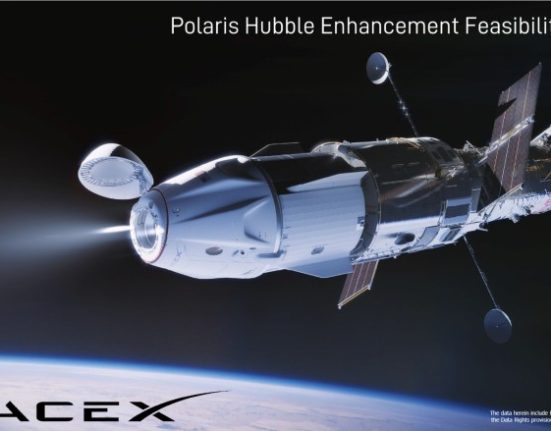
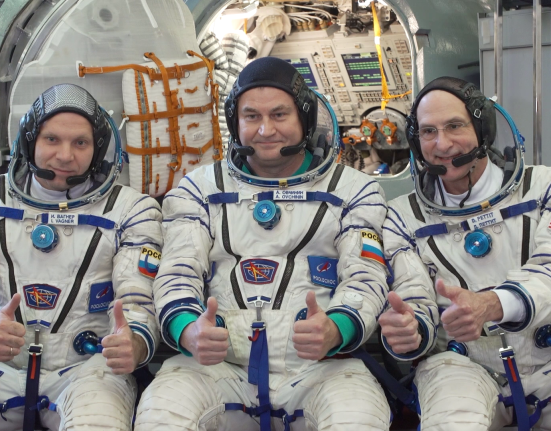
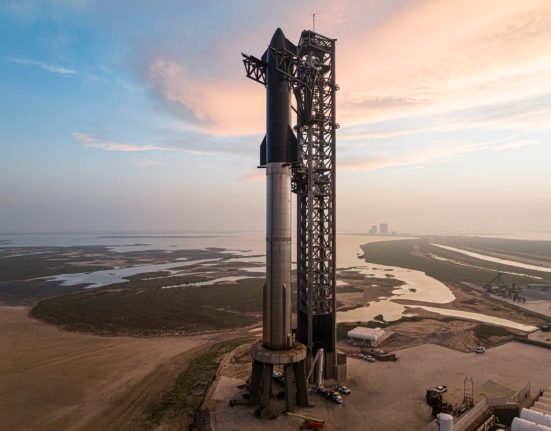
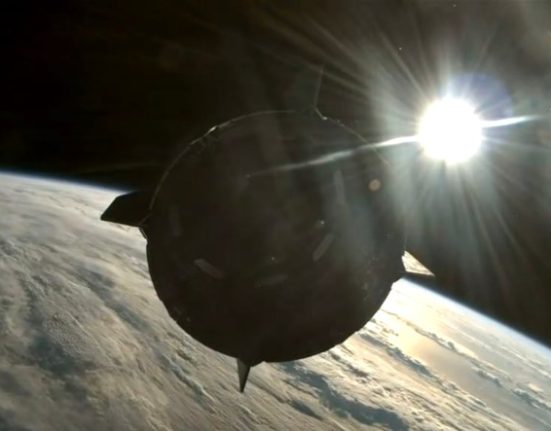
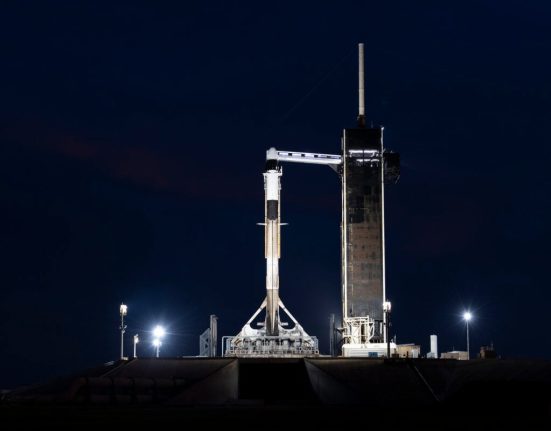
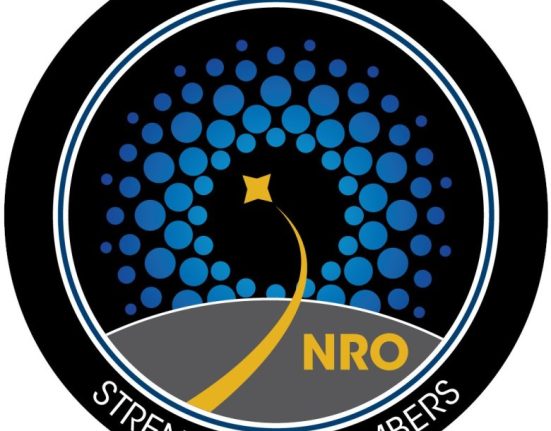
Leave feedback about this